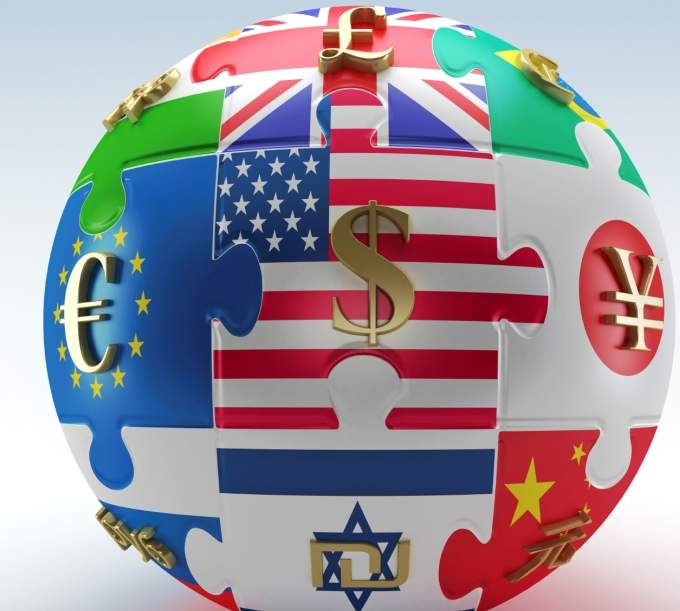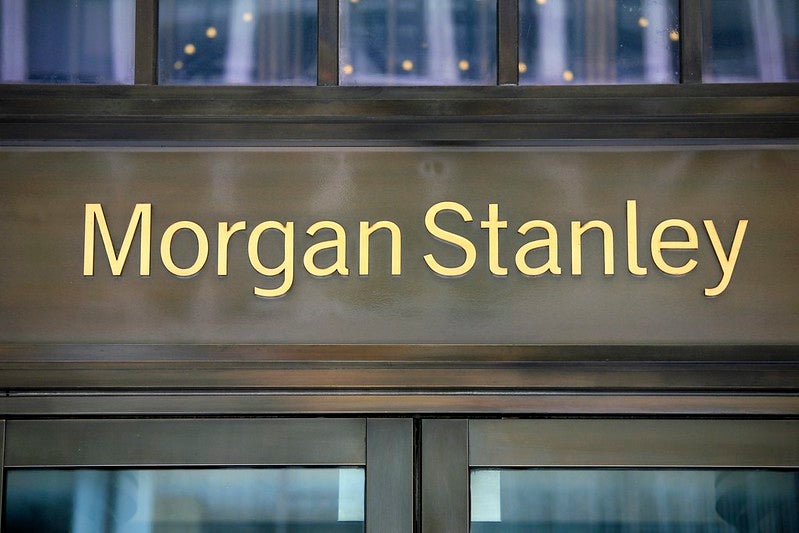
The world’s richest one percent now own just over half of global wealth, according to Credit Suisse Research Institute’s Global Wealth Report.
The super rich own 50.1% of all household wealth in the world, as against 42.5% at the height of the financial crisis in 2008. The downward trend reversed after 2008 and the share of the top 1% has been on an upward path ever since, passing the 2000 level in 2013 and achieving new peaks every year thereafter
The report noted the 3.5 billion people, which equals to 70% of the world’s adults, hold just 2.7% of the world’s wealth. Each own less than $10,000 in wealth in 2017.
In the past 12 months, total global wealth rose at a rate of 6.4% to reach $280trn. It is the fastest pace of wealth creation since 2012. The rise in global wealth reflected widespread gains in equity markets and similar rises in non-financial assets.
China, India and the Eurozone also made major contributions to the new record level of global wealth, equivalent to $56,540 per adult.
The Credit Suisse report noted that North America and Europe together account for 64% of total household wealth, in 2017, but contain only 17% of the adult population.
How well do you really know your competitors?
Access the most comprehensive Company Profiles on the market, powered by GlobalData. Save hours of research. Gain competitive edge.

Thank you!
Your download email will arrive shortly
Not ready to buy yet? Download a free sample
We are confident about the unique quality of our Company Profiles. However, we want you to make the most beneficial decision for your business, so we offer a free sample that you can download by submitting the below form
By GlobalDataIn the past, total global wealth in the two regions has often been similar, with Europe’s greater population compensating for higher average wealth in North America. However, North America pulled ahead after 2013, and now accounts for 36% of global wealth compared to 28% for Europe.
In the other regions, the share of wealth fails to match the population share. The discrepancy is modest in the Asia-Pacific region (excluding China and India), where 23% of global adults own 20% of global wealth.
Elsewhere, the disparity between population and wealth is quite striking. Despite enormous gains this century, China accounts for 22% of the adult population of the world, yet only 10% of global wealth.
The ratio is not much higher for Latin America at 9% to 3%. But the population share exceeds the wealth share in India by a factor of almost ten, and the disparity is even greater in Africa.
Wealth per adult in Switzerland, meanwhile, has risen by 130% to $537,600 since the turn of the century.
Switzerland today accounts for 1.7% of the top 1% of global wealth holders and over two-thirds of Swiss adults have assets above USD 100,000
The outstanding performance of China since 2000 is evident from the Credit Suisse report with wealth growing at annual rate of 12.5%, equivalent to a six-fold rise over the 17-year period.
India has almost matched this record, growing faster than average even when allowance is made for population growth. These growth performances outstrip those of Europe and Latin America, which are similar to the global average.
Over the last few years, the Credit Suisse report said wealth growth has undershot relative to its earlier trend.
Credit Suisse’s Research Institute expects a similar pace of increase in the next five years and estimates that it will reach $341trn by 2022. At the same time, it expects debt to grow more quickly after a period of relative stability between 2007 and 2010.
According to the report, the number of millionaires will grow to a new all-time high of 44 million, while the number of UHNWIs is projected to reach 193,000.
By 2022, the number of UHNWIs, those with wealth above USD 50 million, will likely increase by 45,000 to reach 193,000 individuals, more than half of whom will reside in North America
The share of wealth of emerging markets will likely reach 22% by 2022, increasing their share by 0.4 percentage points on average each year. The annual rate of increase is projected to be 6.5% for emerging markets versus 3.3% for developed markets.







